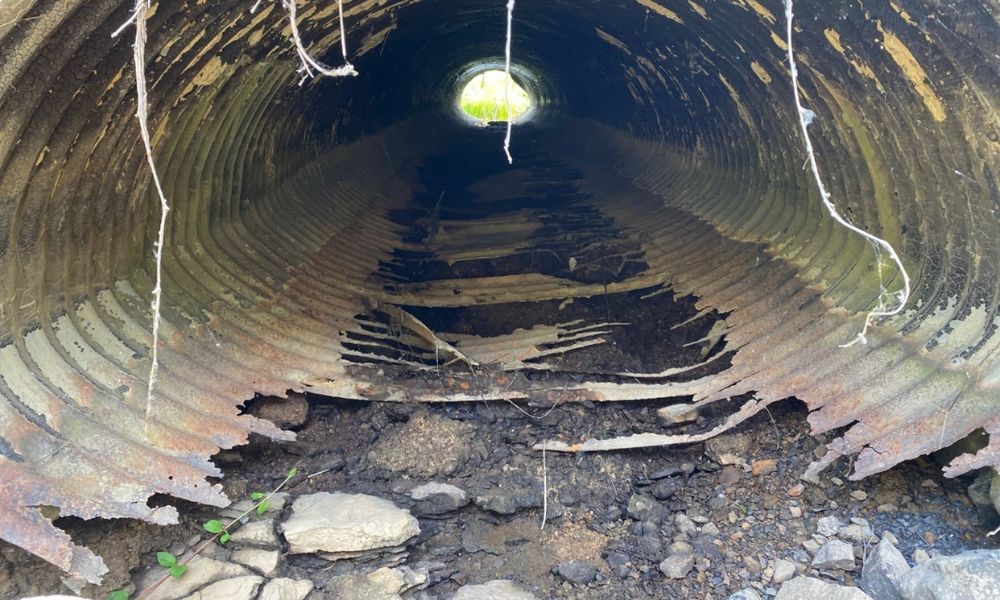For public works officials, civil engineers, and city planners, culvert inspections are essential tasks that maintain the health and functionality of city and county infrastructure. A well-maintained culvert system can prevent issues such as flooding and road hazards. Significant factors that determine how often a culvert should be inspected include the age and size of the culvert, materials, environmental conditions, and Federal Highway Administration (FHWA) regulations.
Age and Size of Culvert
Old, large culverts might require more frequent inspections due to a higher risk of damage from normal wear and tear or structural issues. The age and size of a culvert are two primary factors in determining its condition, the likelihood of problems, and the frequency of preventative maintenance, such as inspections.
Culvert Materials
Culvert materials can include steel, concrete, plastic (usually HDPE or PVC), or some combination of these materials. Corrugated metal culverts might require more frequent inspections due to the risk of corrosion. Concrete, smooth-wall carbon steel, or plastic culverts may last longer without showing signs of deterioration. Understanding the material used in the culvert system can help engineers and planners make informed decisions on inspection timelines and determine when to deploy culvert rehabilitation solutions.
Environmental Conditions
Weather conditions, temperature fluctuations, and other external factors can impact the integrity of culverts. Areas that experience extreme weather, high precipitation, or rapid temperature changes can necessitate more frequent inspections. City managers and civil engineers should consider environmental changes, such as increased vegetation growth or nearby construction projects, which can affect the culvert’s performance.
FHWA Regulations
The FHWA offers guidelines and regulations for culvert inspection schedules. This organization mandates that each state follows its National Bridge Inspection Standards (NBIS) for inspecting bridges and culverts.
The responsible agency should inspect culverts that meet certain criteria, such as being longer than 20 feet and open to public travel, at least every two years. However, the specific requirements might vary depending on the state and local jurisdiction. It is essential for public works officials and engineers to be familiar with Federal Safety Inspection Service guidelines and any relevant state regulations to ensure compliance.
Determining how often culverts should be inspected depends on various factors, including the culvert’s age and size, materials, environmental conditions, and FHWA regulations. Public works officials, civil engineers, and city planners must balance these factors and rely on their expert judgment to maintain a safe and functional culvert system for their communities. Public officials can prevent significant problems, such as road hazards and flooding, by regularly inspecting culverts and proactively addressing any issues, ensuring a safe environment for all.



Leave A Reply